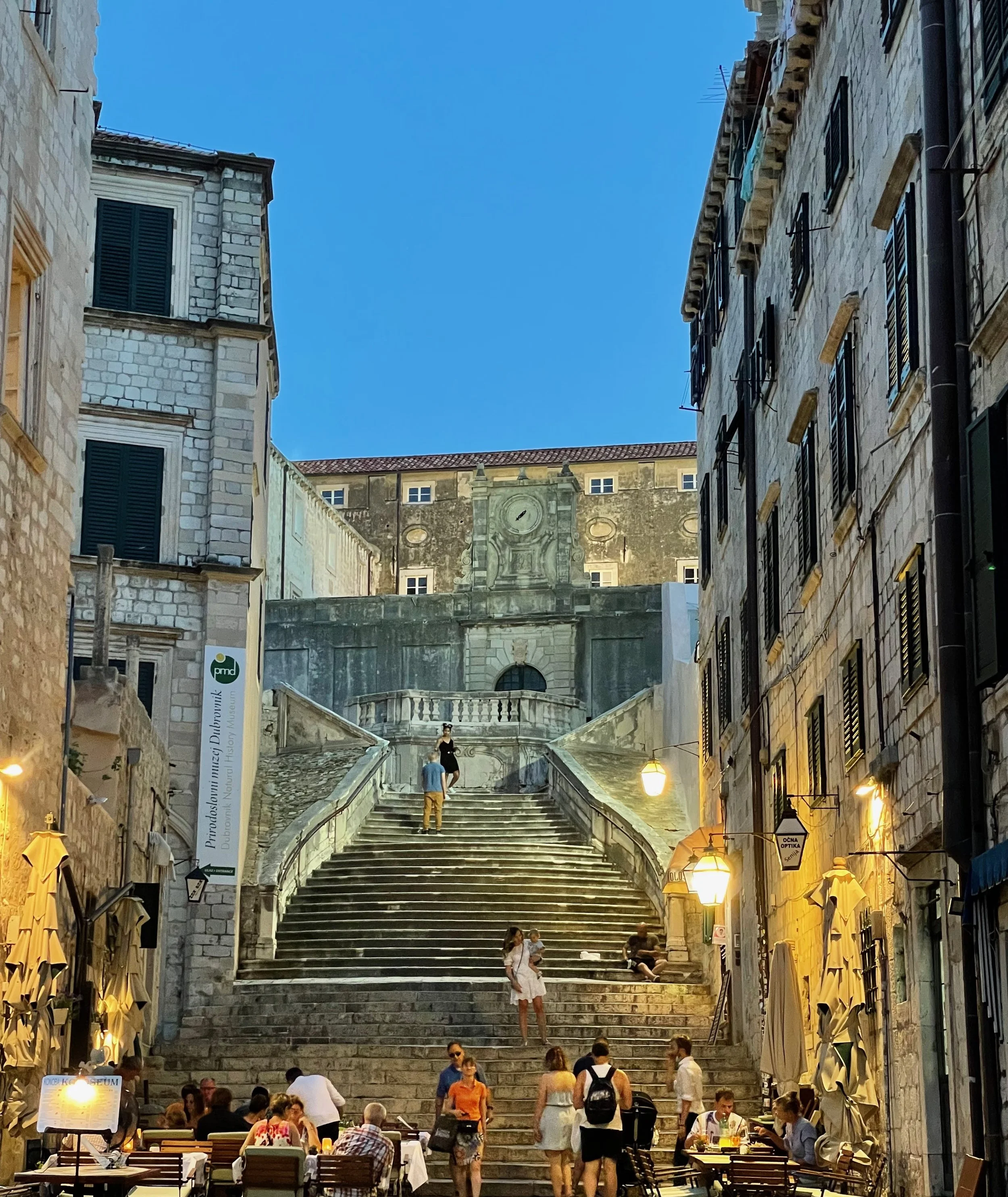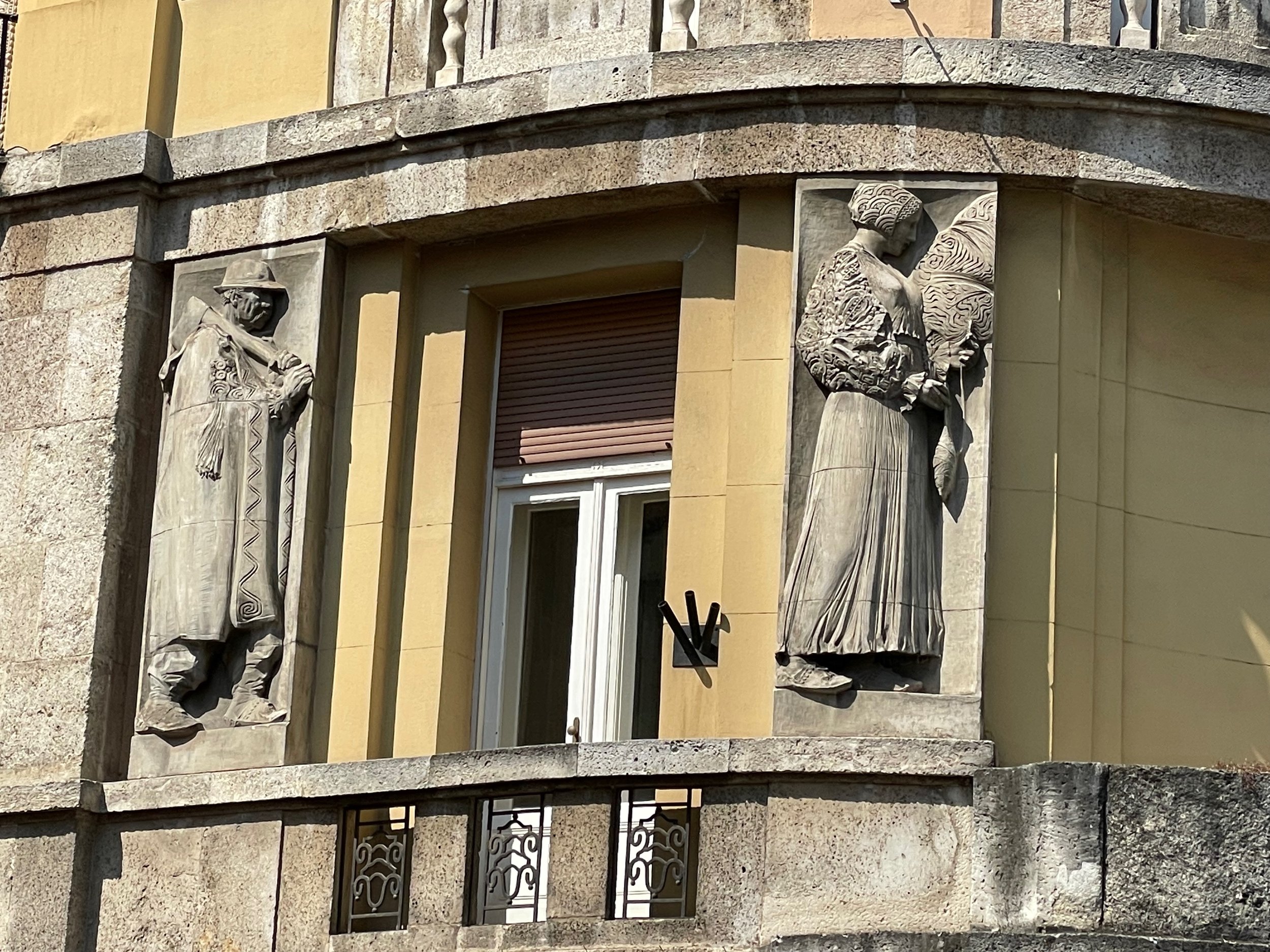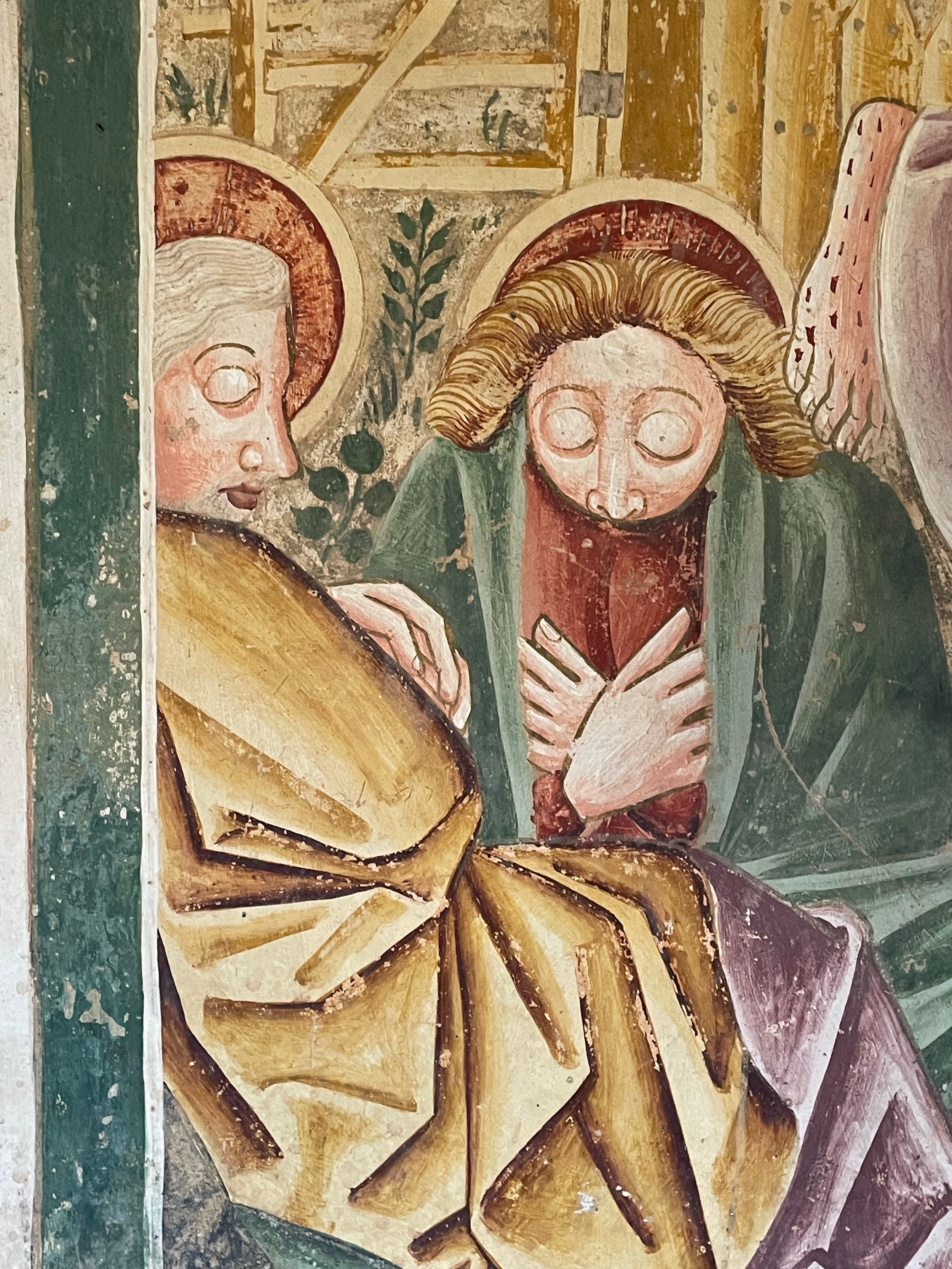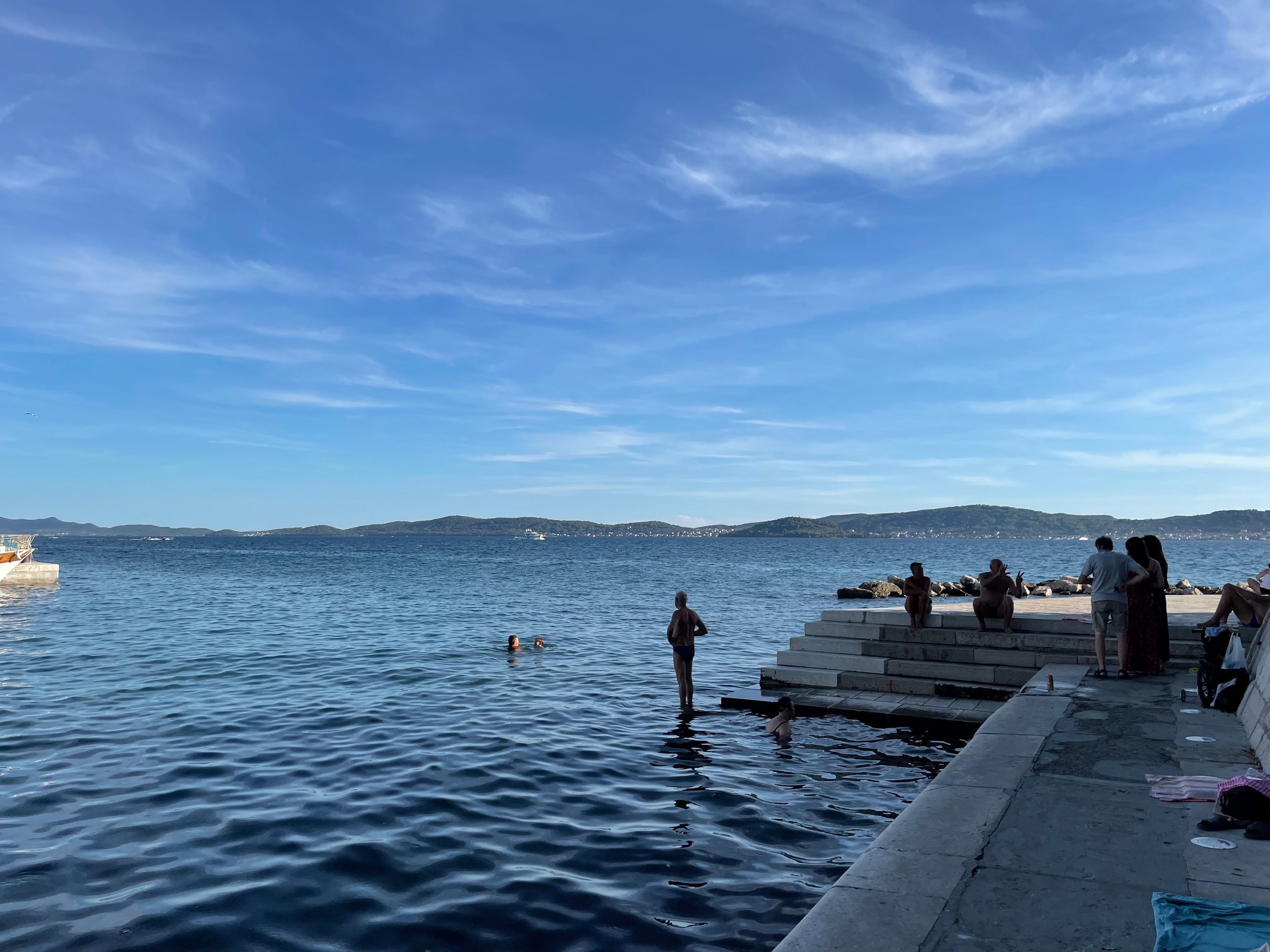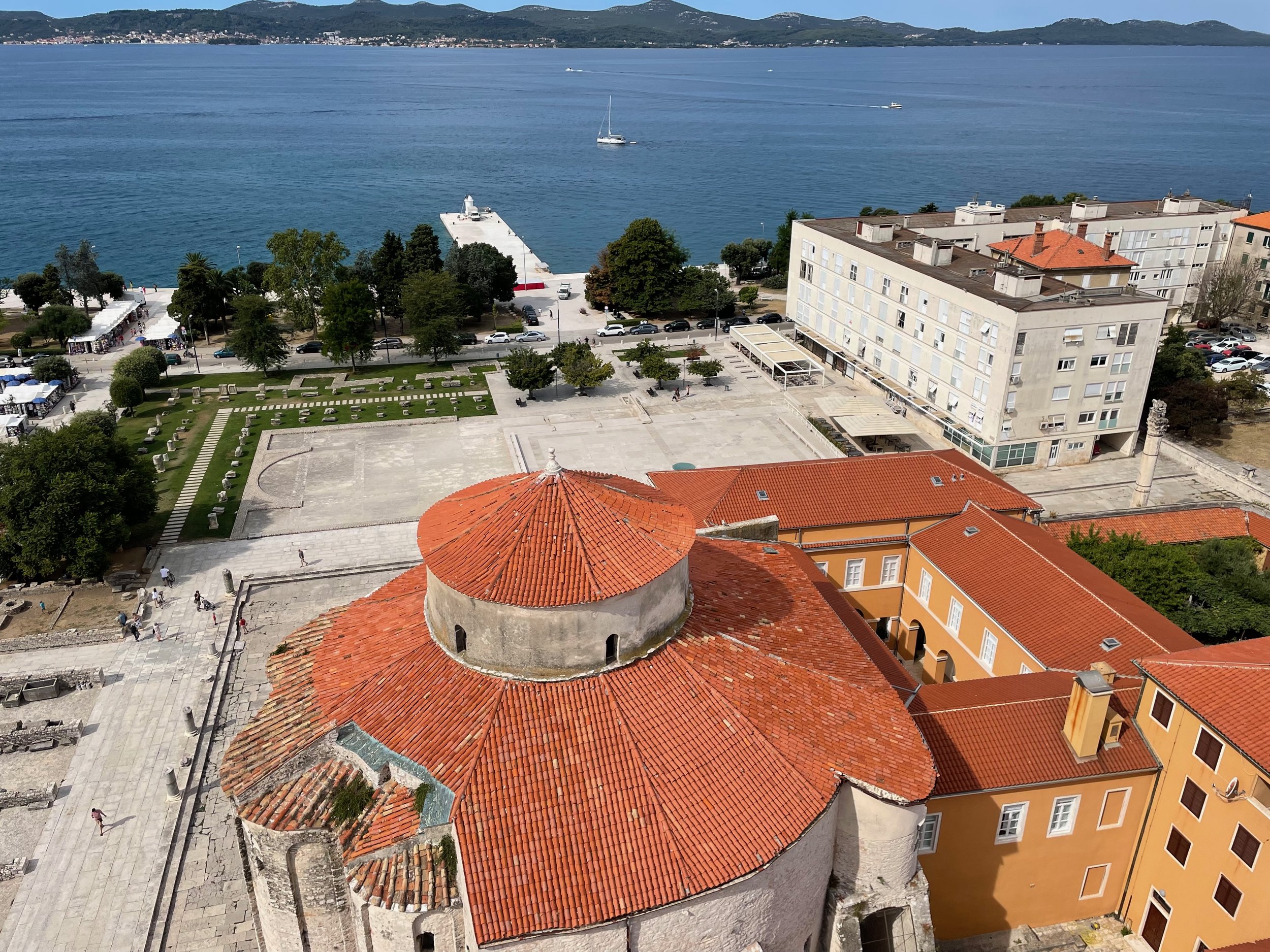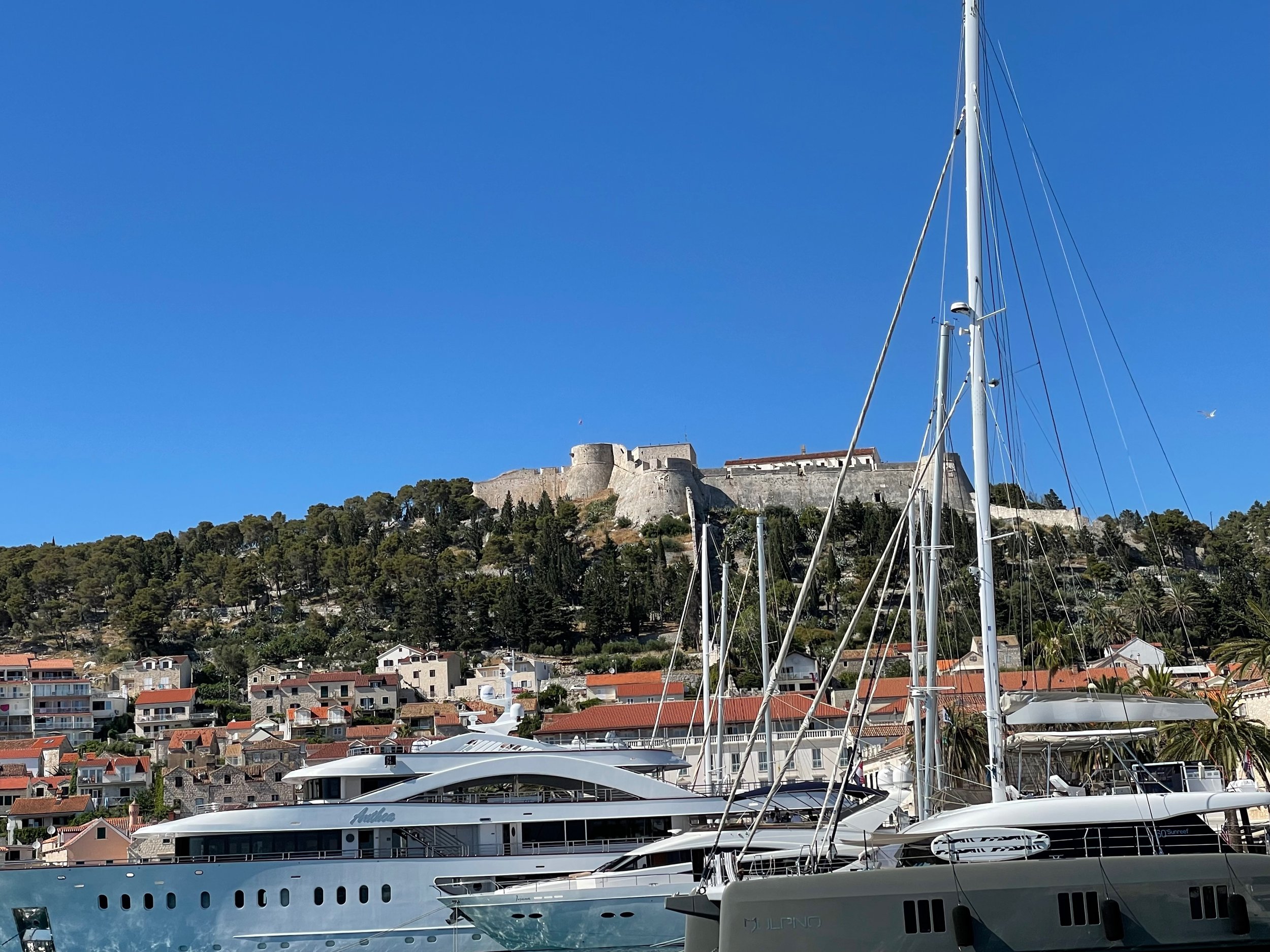10 reasons to drive the length of Croatia
Croatia is a marvelous country to visit. With 1000 km of coastline, hundreds of islands and history going back 2500 years it has something for everyone. Gorgeous beaches, great wine, Roman, Venetian and modern history, beautiful islands, a Medieval city like no other… so much to enjoy.
1. Zagreb
If you are coming in from Europe or the US start at the top. The easiest is to fly into Zagreb and rent a car, but you could also fly into Venice, catch a train and pick up a car once you get into Croatia. But if you come into Zagreb it is worth spending a night and walking around the old city and the parks. Zagreb is an old lady, a little run down, but she has been a beauty in the 17th and 18th centuries.
To drive the length of Croatia you’ll want to pick a car at Zagreb airport and head out to Istria, just a couple of hours drive.
2. Istria and the Meneghetti Wine Estate
Istria is a beautiful wine region of Croatia, developed for wine by the Romans. For much of its history it has been part of Italy and so many of the people speak Italian and it is peppered with many Byzantine basilicas and medieval churches.
I think the Meneghetti hotel is the loveliest place to stay. Originally a wine estate, it is now a hotel surrounded by vineyards and olive trees so you can wine taste, olive oil taste, eat fantastic food and enjoy the private beach club just a short walk through the vines from the hotel. Absolutely gorgeous.
The vegetable garden of the hotel
3. Basilicas & Frescoed churches
From the Menghetti you are within an hour’s drive of many, many lovely churches to explore. Because the coastline from Venice, through Aquileia and round the top of the Adriatic to Istria was rich and powerful in the time of the late Roman and Byzantine empires there are a number of magnificent churches to visit.
Istria is known for its small frescoed churches – there are over 100 painted in the 11th to 13th centuries – small churches where every surface is frescoed with stories and symbolism. The most famous is in Beram where the Dance of Death warns us that we all die no matter how rich or important we may be. I recommend a guide to take you to the churches as many are not open and the key is held by someone in the local village. Hari Vidović is a wonderful guide for frescoes and the region plus he has a studio where you can learn how to make your own fresco which is really quite challenging!
The Dance of Death in Beram
Sleeping apostles
Hari and his fresco pupils
Nearby, on the coast, the basilica at Poreč, built in the 6th century, has the oldest depiction of the Madonna and child in western mosaic art. The church and the Byzantine ruins around it are beautiful, fascinating and the old town is lovely to explore.
Porec Basilica
Unlike much of the rest of the coast of Croatia, which is rocky and barren, Istria is lush. Full of forests, rich farmland and vineyards. A truly beautiful area to explore by car or bicycle.
4. Roman Pula
The Romans controlled the coast for hundreds of years and at the Southern tip of Istria, about 40 mins South of Meneghetti, you’ll find Pula which was a wealthy Roman town with the remains of a Roman amphitheater. As you walk through exploring Pula you will visit not only the amphitheater, which is used for concerts in the Summer, but you’ll also see a Roman arch, a 2000 year old temple to Augustus and plenty of fun cafes. In the Summer there is a ferry between Pula and Venice which is 3.5 hours so you can choose a change of scenery for a couple of days if you like.
Pula amphitheater
Pula Temple of Augustus
5. Zadar’s art
After exploring Istria (I recommend 3 to 4 days) then drive South along the coast to Zadar, a 4-5 hour drive. Zadar is another ancient city which was important in Roman times and Medieval times as a powerful port city. Today it is a charming town full of young people, music, outside restaurants and museums.
I went to Zadar to see the ancient glass museum. This museum is a sister to the glass museum in Murano (Venice) and it focuses on glass up to the 1400s whereas the Murano museum focuses on the 1400s to modern day. It is extraordinary to see glass vessels that are 2000+ years old and just as delicate and functional as the glass we use today.
At the tip of the old city of Zadar there is a unique sea organ. This is a series of pipes through stairs going into the Adriatic where the movement of the waves pushes air through the pipes making sounds like an organ. It is really quite extraordinary and haunting. But because it is by the water where you can watch the sunset it is also where people gather at the end of the day to talk, play music and dance. It is full of life! And you can swim from the steps – quite an experience!
Swimming by the Zadar Sea Organ
There are several museums to visit in Zadar but one where you will probably be alone, but not bored, is the Museum of Sacred Art at the Zadar cathedral. You’ll be escorted by a nun who does not let you out of her sight as you walk past hundreds of silver and gold reliquaries but who will eventually lead you to the reason you are there – the Zadar Polyptych painted by Carpaccio. Carpaccio was a Venetian painter (yes the raw beef is named after his love of the color red) and the six panels in the polyptych are simply lovely.
While you are there do not miss Saint Donatus’ Church in the center of the old city. It was built around 800 AD in the old Roman forum and using marble from the Roman buildings. It is plain but beautiful and there are several cafes around it where you can sit in the Forum and contemplate the long history of Zadar.
6. Trogir
Next, continue your drive down the coast towards Split but stop in the old town of Trogir for the day. The town was an island so park on the mainland and walk across. It’s fun to walk around, people watch and stop in the old houses and churches that are open. It is a little touristy though.
7. The town, or the palace? of Split
The old town Split was originally built in the 4th century as a palace to the Roman emperor Diocletian for him to live in once he retired. After the Roman empire fell and the palace was abandoned the people of Split slowly but surely built their lives into the walls and rooms of the palace so now the town, which is over 7 acres in size, is a warren of apartments, churches, restaurants and museums built into the fabric of the old walls so you are confronted with Roman structures everywhere you look. So fun to explore for a day!
A tiny church built into the gap in a wall in Split
If you stay in the Hotel Park on the East side of the old city you are right by a swimming beach where people congregate to swim and play at the end of the day but also only a short walk from Diocletian’s palace.
8. The Dalmatian islands
The Croatian coast has islands all down the coast and ferries are the way to get around!
So, give your rental car back in Split and wheel your case down to the ferry port which is right by the old city. From there start exploring the islands. Brač known for its wine and water sports around the Golden Horn beach on the South side. Take a small guide boat to the Blue Cave on Vis. Explore the old city of Korčula. The ferries are frequent, fun and inexpensive.
The Blue Cave in Vis
9. Lovely Hvar
The most beautiful of the islands is Hvar. Known today as a party town (although there are fewer Russian mega yachts than there used to be) it has a long history going back 2000 years. Hvar is a beautiful old town below a lovely castle with small streets and museums to explore - and just as importantly it is a foodie town. Many excellent restaurants. You can explore the town easily on foot from the ferry or, if you are staying, rent a car so you can explore the island.
Hvar yachts
lThe main square in Hvar
10. Dubrovnik and GoT
Again take a ferry from whichever island you chose to stay on (Brač? Hvar? Korčula? – spoilt for choice!) and head on to Dubrovnik. Known previously as Ragusa, Dubrovnik is a glorious city which managed to remain independent through the times of Venetian domination and is now beautifully restored to its Middle Ages style after many traumas. It’s a city to explore on foot, finding the many Game of Thrones filming locations, people watching and walking the medieval walls. One of my favorite modern artists has her studio in the old city – Jadranka Munitić at the Homa Gallery.
We were lucky enough to visit during the pandemic and so the city of Dubrovnik was empty. Today it is one of the busiest tourist spots in Europe so time your visit on the one or two days a week when no cruise ships are coming in.
The walk of shame staircase from Game of Thrones
If you are interested in recent political history take the cable car up to the old fort above the city which has a museum to the siege in the Serbian war in 1991 when the city was shelled from above. Chilling and so recent.
From Dubrovnik you can fly anywhere home in Europe or get a good connection back to the US. Or you can keep going… pick up a car and drive inland to explore the recent history of Bosnia Herzegovina through Mostar and Sarajevo. Just sayin’
To give you a feel for how beautiful and interesting the Croatian coast is watch the first few episodes of Francesco’s Mediterranean Voyage – a travel documentary made by the BBC in 2007 following Francesco da Mosta as he sailed from Venice to Istanbul. It is available on DVD and delightful.
You can reach Hari Vidović for guided tours of Istria, its churches and for a fresco lesson at myperfectday365@gmail.com

